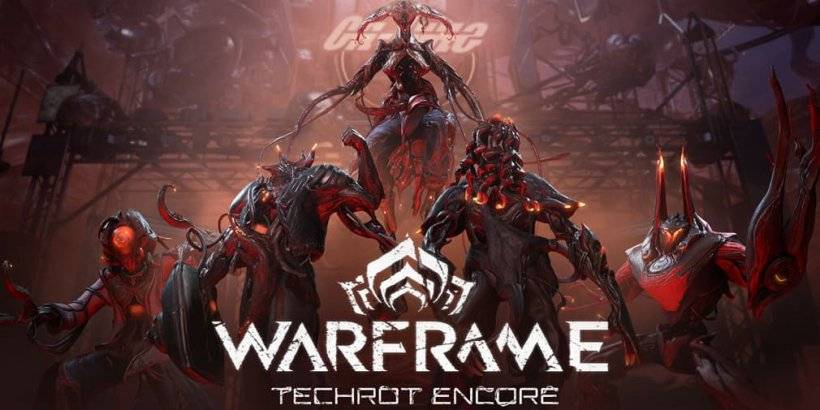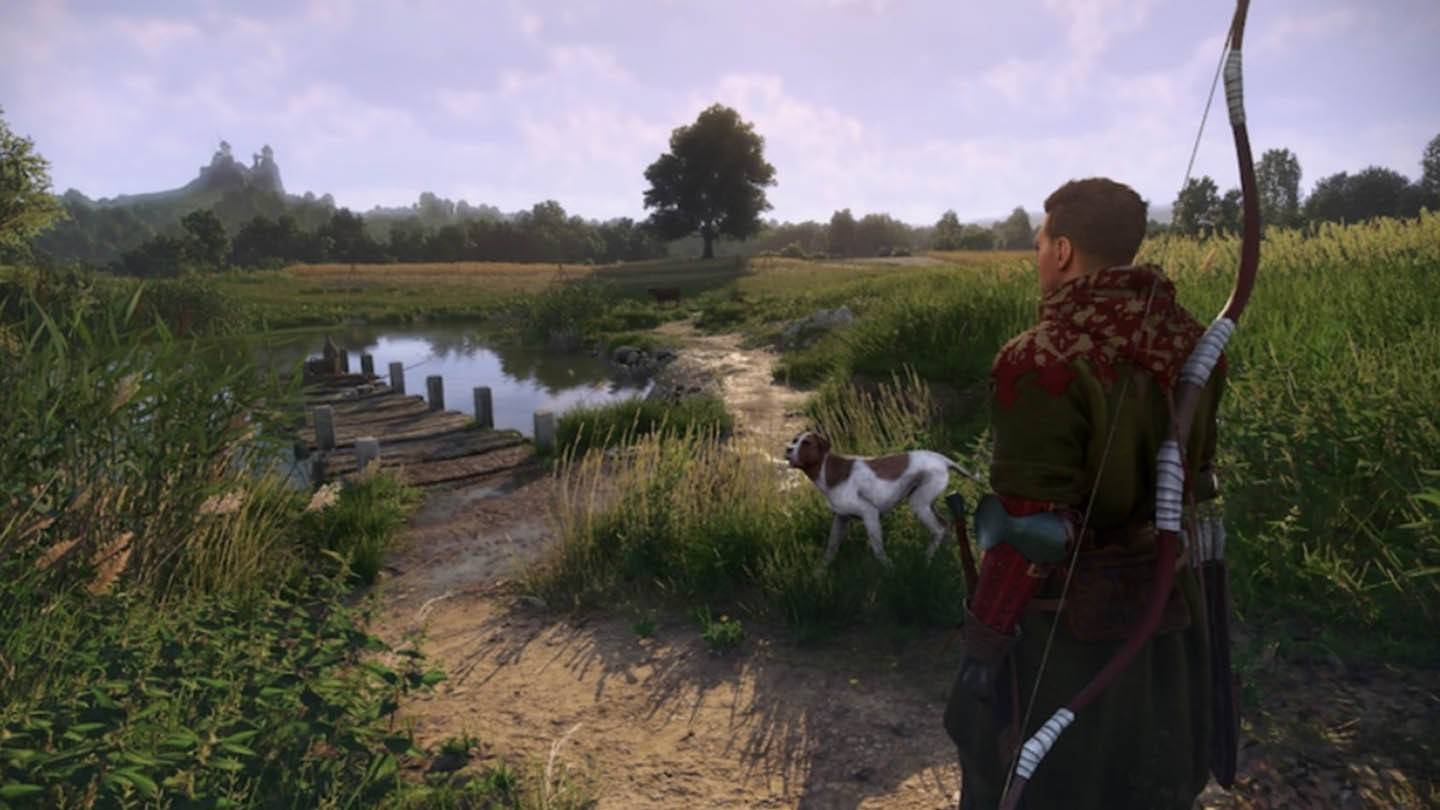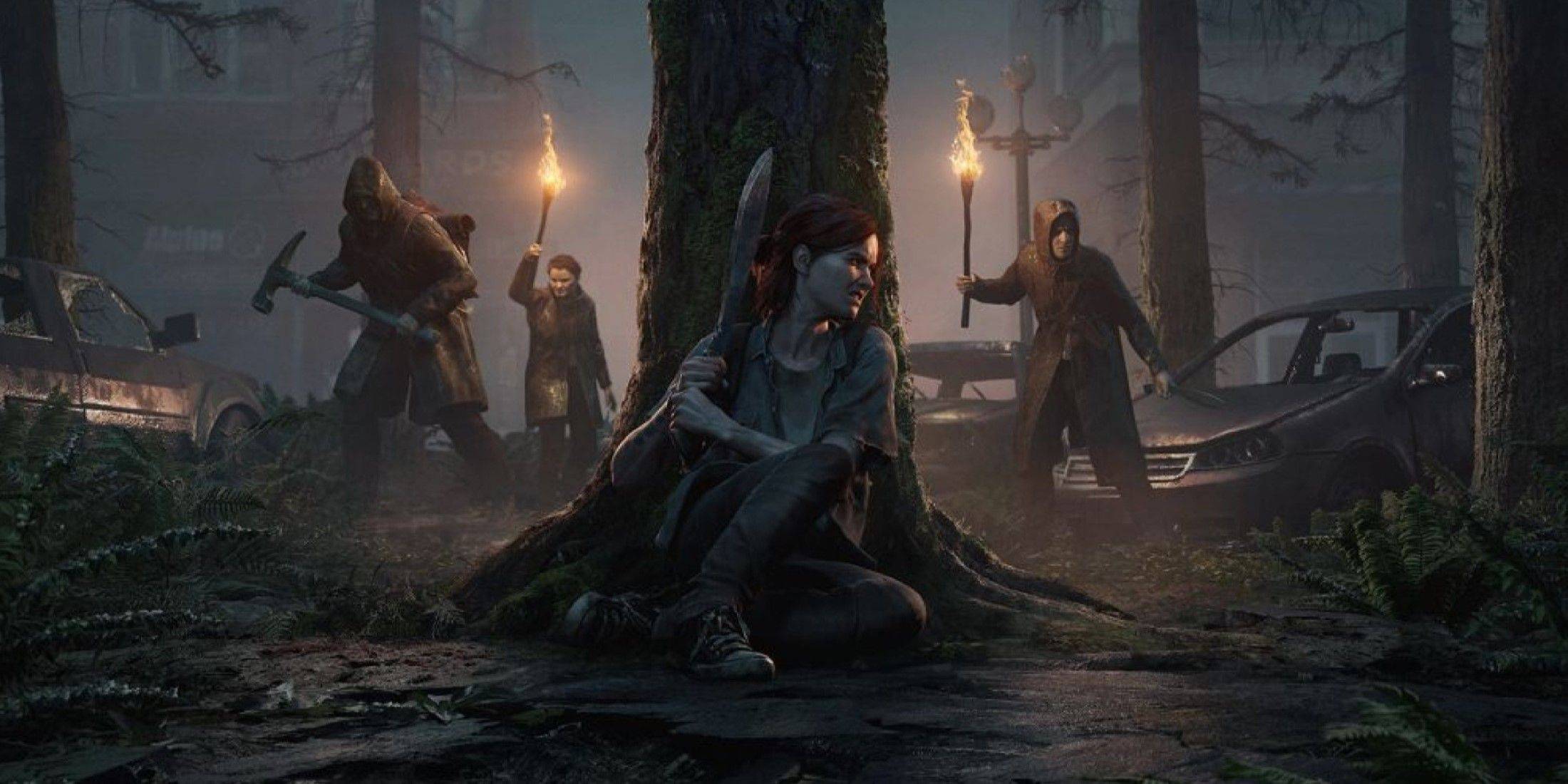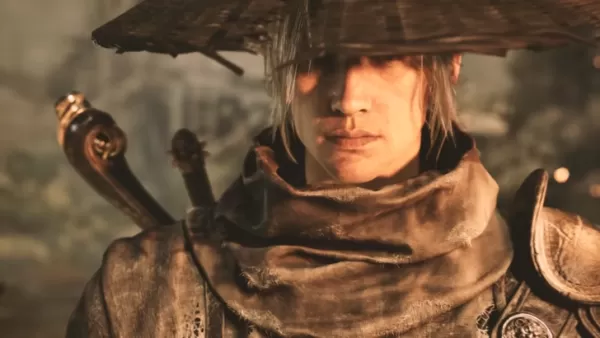Zelda: Historic Interview with First Female Director Unveils Series Insight
- By Julian
- Jan 24,2025
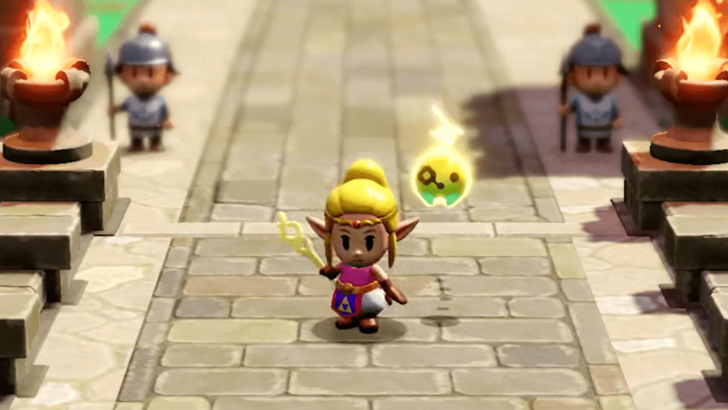 The Legend of Zelda: Echoes of Wisdom marks a pivotal moment, being the first Zelda game helmed by a female director. This article delves into the development insights shared by Tomomi Sano and others involved in the project.
The Legend of Zelda: Echoes of Wisdom marks a pivotal moment, being the first Zelda game helmed by a female director. This article delves into the development insights shared by Tomomi Sano and others involved in the project.
Zelda: Echoes of Wisdom – Development Insights from Nintendo's "Ask the Developer" Series
Tomomi Sano: The Zelda Franchise's First Female Director
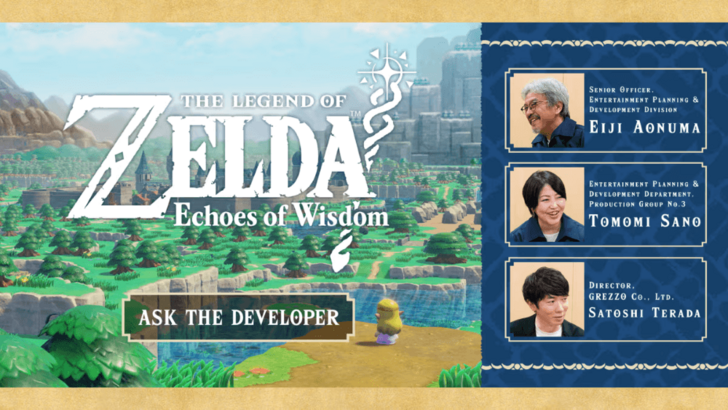 Known for its intricate narratives and labyrinthine dungeons, the Legend of Zelda series welcomes a groundbreaking entry with Echoes of Wisdom. Nintendo's recent "Ask the Developer" interview highlighted two significant aspects: Princess Zelda's starring role as the playable protagonist and Tomomi Sano's pioneering position as the first female director in the franchise's history.
Known for its intricate narratives and labyrinthine dungeons, the Legend of Zelda series welcomes a groundbreaking entry with Echoes of Wisdom. Nintendo's recent "Ask the Developer" interview highlighted two significant aspects: Princess Zelda's starring role as the playable protagonist and Tomomi Sano's pioneering position as the first female director in the franchise's history.
Sano, in her interview, shared her journey, stating her previous role was primarily supporting the director. Her contributions to Grezzo's remakes (Ocarina of Time 3D, Majora's Mask 3D, Link's Awakening, and Twilight Princess HD), along with her experience on the Mario & Luigi series, laid the foundation for her directorship. She described her role as managing production, suggesting improvements, and ensuring the gameplay aligned with the established Zelda standards.
Series producer Eiji Aonuma noted Sano's consistent involvement in Grezzo's Zelda remake projects.
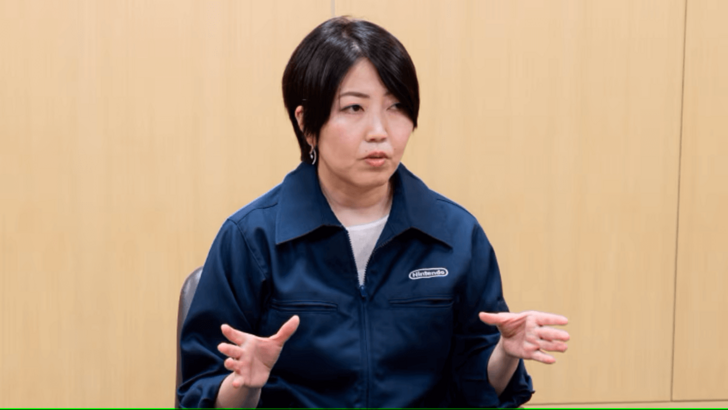 Image from Nintendo's Ask the Developer Vol. 13
Image from Nintendo's Ask the Developer Vol. 13
Sano's extensive career, spanning over two decades, includes early work as a Stage Texture editor for Tekken 3. Her Nintendo credits encompass various Zelda and Mario & Luigi titles, as well as several Mario sports games.
Echoes of Wisdom's Genesis: From Dungeon Maker to Innovative Adventure
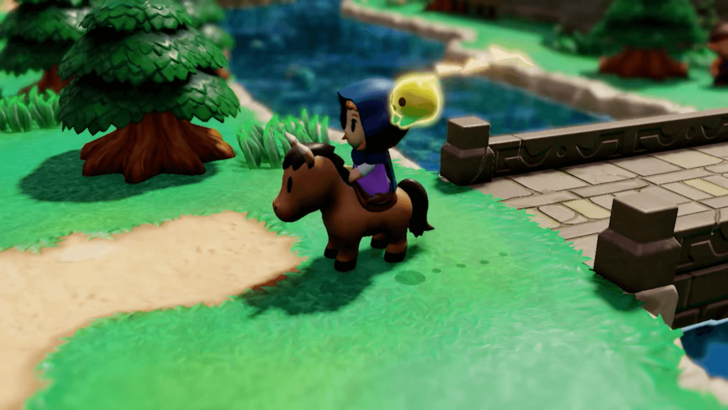 Following the success of the 2019 Link's Awakening remake, Grezzo was tasked with shaping the future of top-down Zelda gameplay. While initially considering another remake, Grezzo proposed a bold concept: a Zelda dungeon maker.
Following the success of the 2019 Link's Awakening remake, Grezzo was tasked with shaping the future of top-down Zelda gameplay. While initially considering another remake, Grezzo proposed a bold concept: a Zelda dungeon maker.
Aonuma's inquiry about Grezzo's vision for the next game yielded diverse proposals. The winning concept, while similar to the final product, underwent significant evolution. Early prototypes explored "copy-and-paste" mechanics and a blend of top-down and side-view perspectives.
Grezzo's Satoshi Terada explained the exploration of parallel gameplay approaches, including one where Link could copy and paste objects to create dungeons. This "edit dungeon" phase allowed for player-created Zelda experiences.
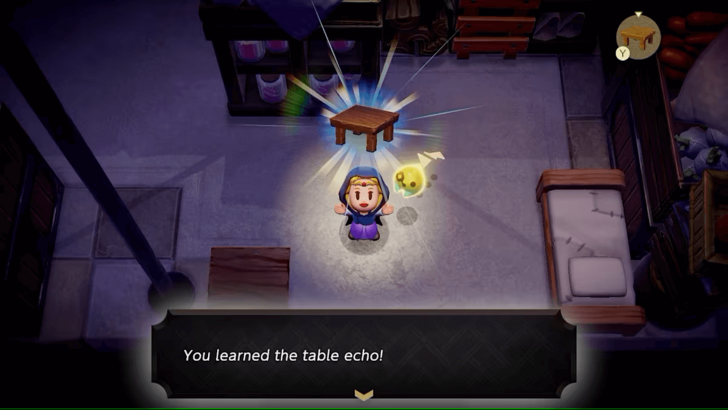
Over a year was dedicated to the dungeon creation mechanic. However, Aonuma's intervention, a "tea table upending" (Nintendo's term for a radical shift in development), redirected the project. While appreciating the initial ideas, Aonuma saw greater potential in using copied items as tools within pre-designed adventures.
Sano illustrated this with the example of the Thwomp enemy from Link's Awakening, demonstrating its adaptability across different perspectives.
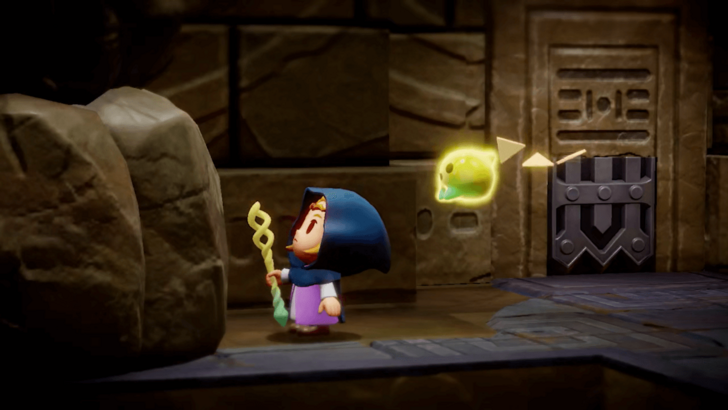
Initial concerns about potential exploits led to restrictions on item usage, but these were eventually removed, embracing a philosophy of "mischief" and unconventional gameplay. This led to elements like spike rollers, initially deemed unpredictable but ultimately crucial to the experience.
A guiding document defined "mischief," emphasizing three core principles: unrestricted pasting, puzzle solutions using absent elements, and ingenious echo applications that bordered on cheating.
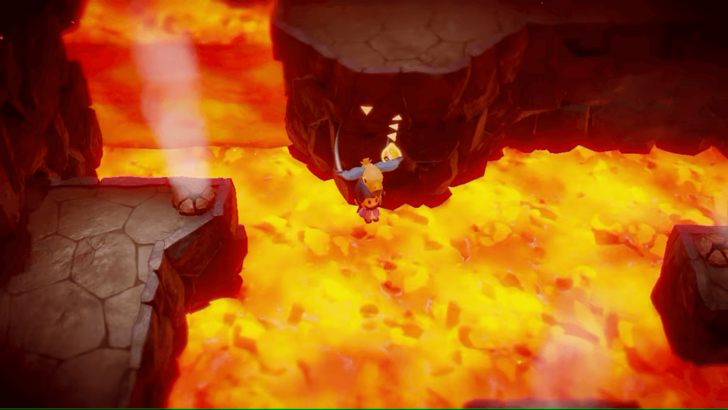
The game's emphasis on freedom and creativity is compared to the Myahm Agana Shrine in Breath of the Wild, highlighting the acceptance of unconventional solutions.

Echoes of Wisdom launches September 26th on Nintendo Switch, presenting an alternate timeline where Zelda rescues Hyrule from rifts tearing across the land.
Latest News
more >-

-
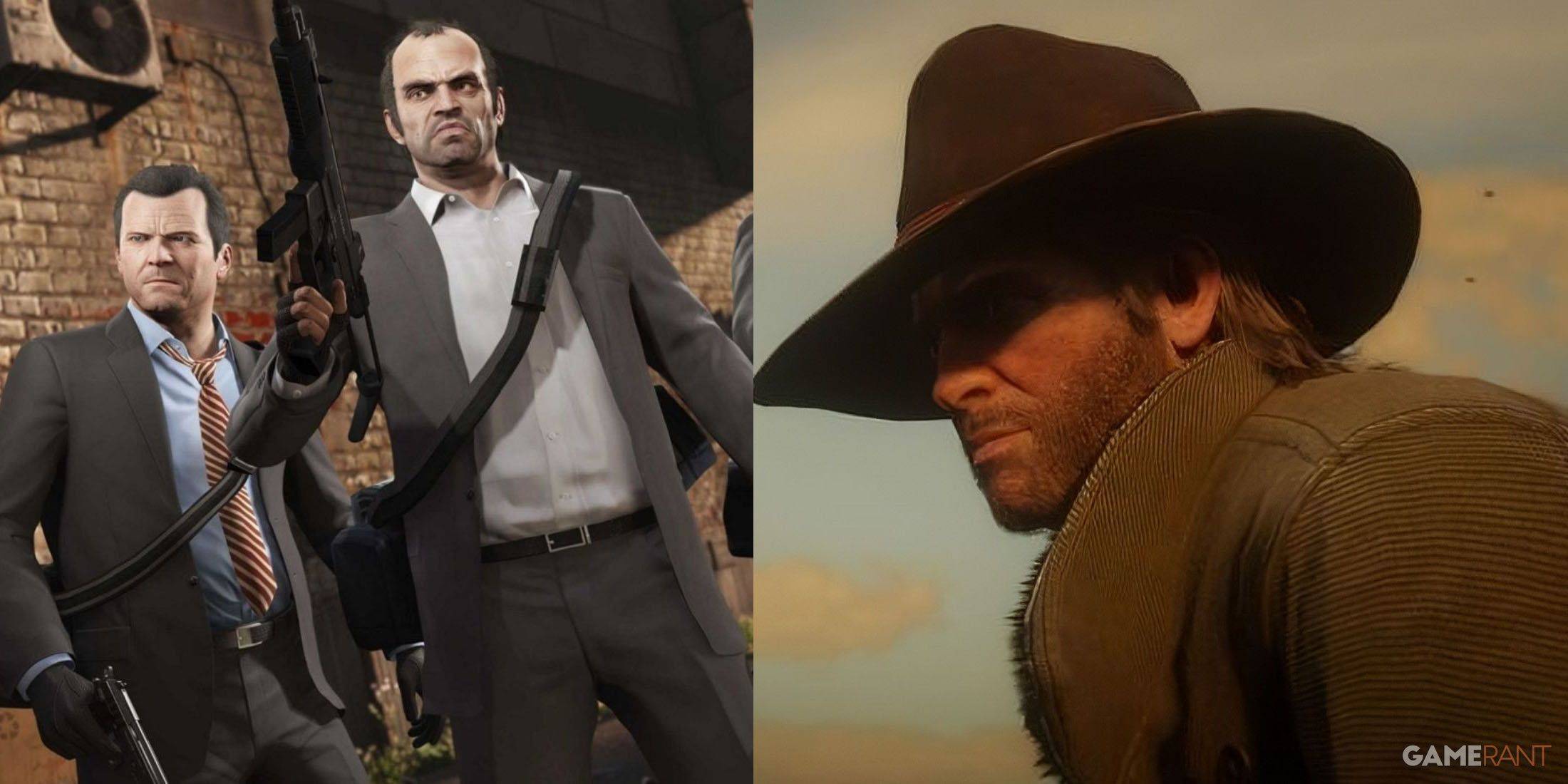
- Red Dead 2, GTA 5 Sales Stay Strong
- Dec 21,2025
-
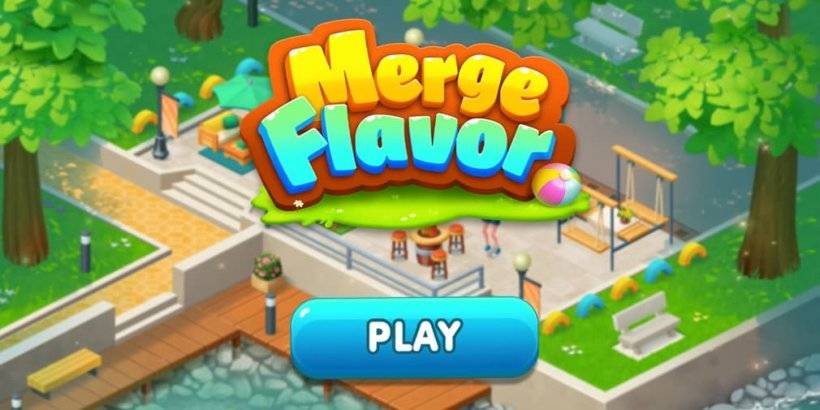
-
-
